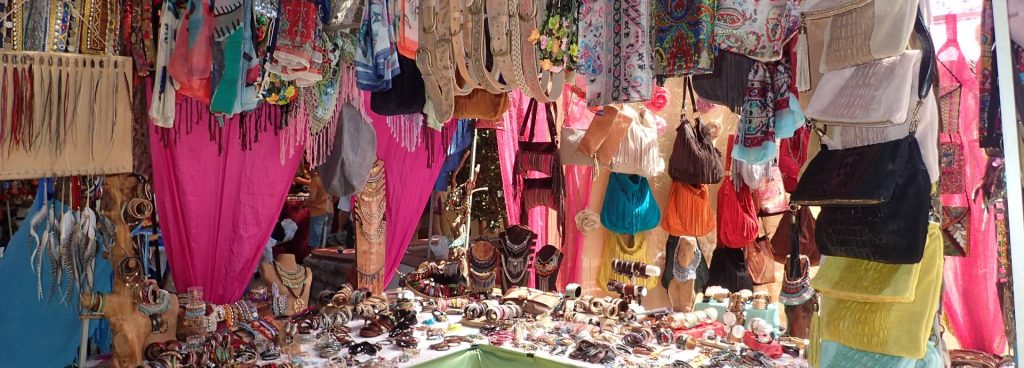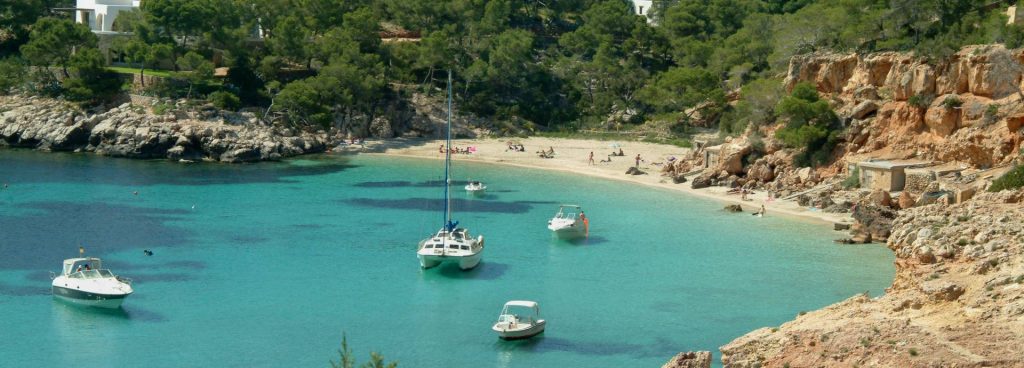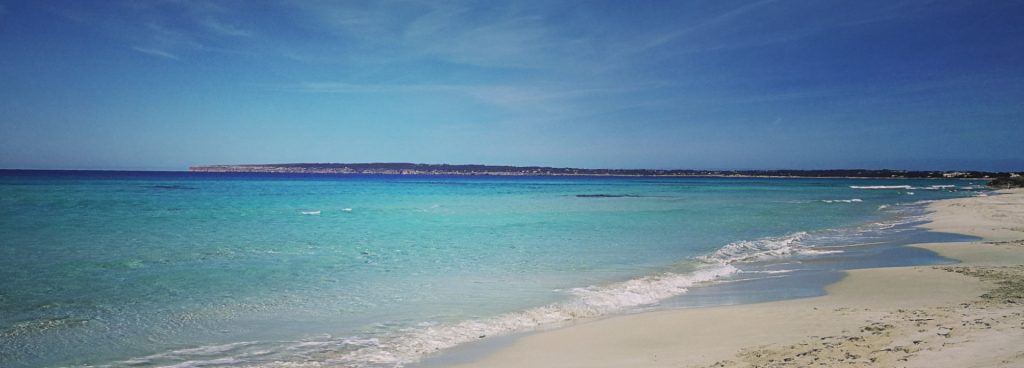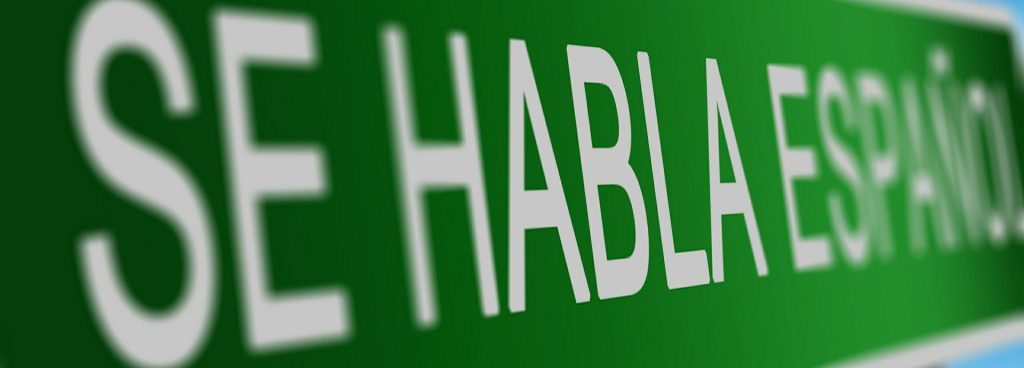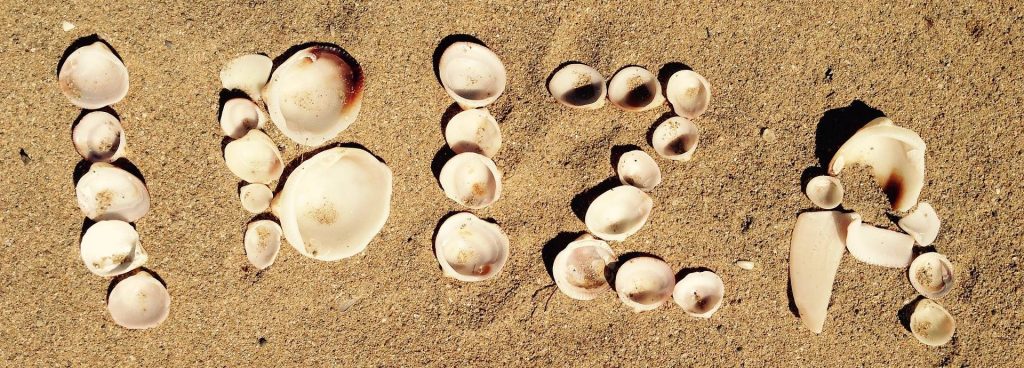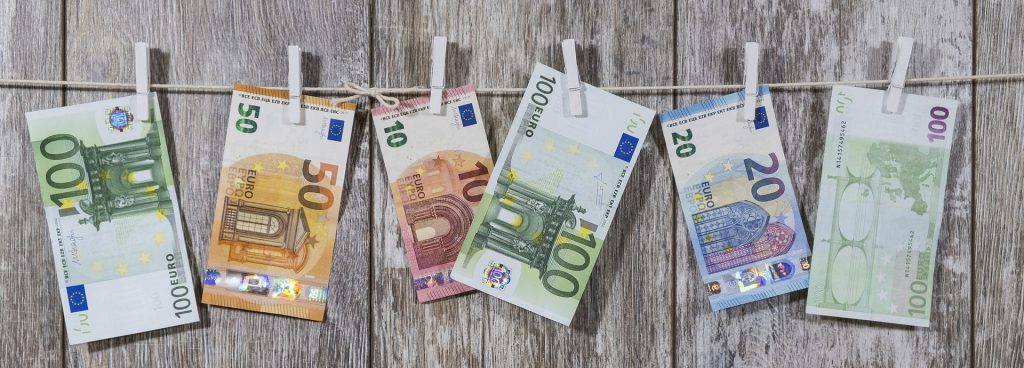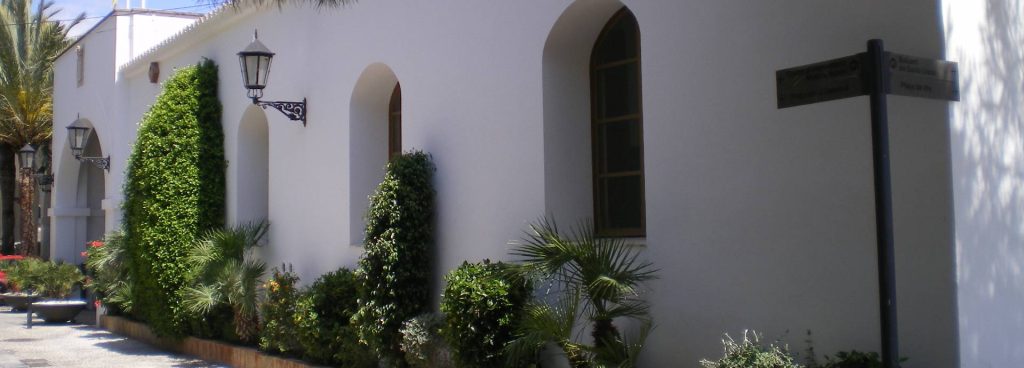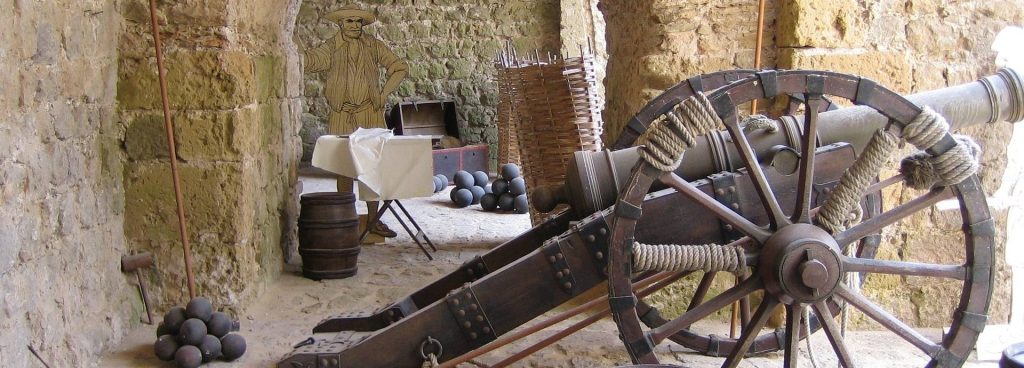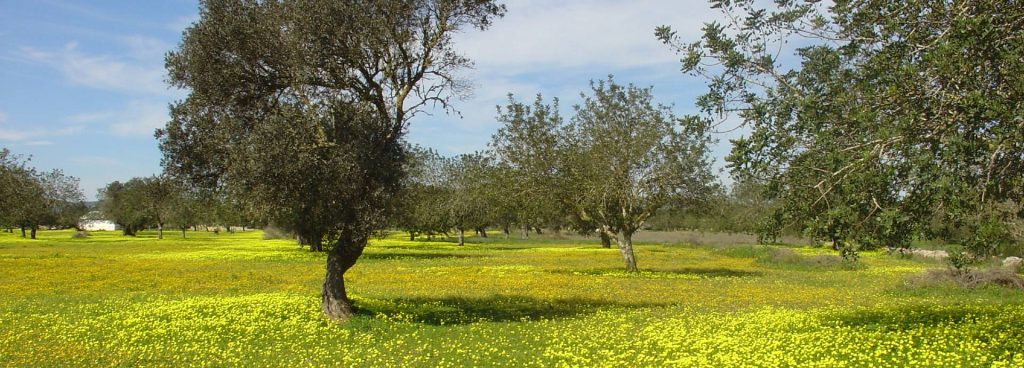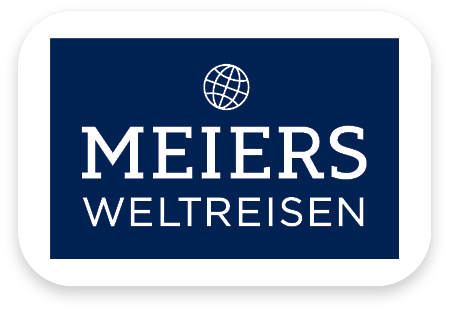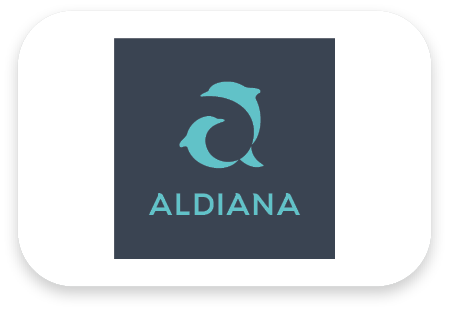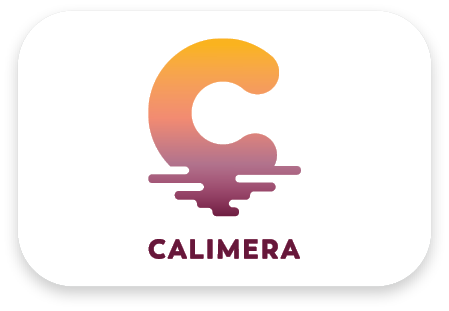Ibiza and Formentera - the Pityuses archipelago
The Balearic Islands consist of the main island Mallorca, Menorca, Ibiza, Formentera and Cabrera. The entire Balearic Group is subordinate to the capital Palma de Mallorca.
Ibiza is the third largest island in the Balearic Islands after Mallorca and Menorca and is also the only one to have a river: the Rio de Santa Eulária des Riu. The fertile, reddish earth of Ibiza is not of volcanic origin and does not allow any poisonous plants, insects, reptiles or other poisonous animals to survive. Together with the southern island of Formentera and numerous smaller and uninhabited rock islands, Ibiza forms the archipelago of the Pityuses. This name is derived from the Greek word for "islands overgrown with pine trees".
Reminiscent of an oval in shape, Ibiza reaches a length of 48 km and a width of 21 km. The two mountain ranges are characterized by the 476 m high Atalaya near San José in the south and the 409 m high Puig Fornàs in the north. The little sister Formentera with approx. 82 km² has with La Mola (192 m) the highest elevation of the Pitiusas.
Ibiza and Formentera offer an exceptionally mild climate and around 300 days of sunshine a year. In winter, temperatures rarely drop below freezing and snow is a sensation. Spring transforms the islands into a fragrant paradise with blooming almond trees and colorful meadows. The summers await you with lots of sun and warmth, thanks to the Migjorn - a dry desert wind from Africa.
The water in Ibiza and Formentera is the cleanest in the whole of the Mediterranean, as there is no industry - so the air stays clean.
The entire Balearic group has more than 1 million inhabitants. Due to its geographical location and history, Ibiza was exposed to oriental-African influences for a long time.
The Ibizenkos are characterized by a cosmopolitan character. They are hospitable and reserved at the same time, tolerant and down to earth. 99% of the population today belong to the Roman Catholic Church.
The traditional branches of business have lost much of their importance today. The fishery and agricultural products barely meet the needs of the locals. Therefore, a large part, especially fish, is imported from mainland Spain in the summer season.
The salt production in the nature-protected salt pans still brings profits, but has concerns about the next generation. The young generation is looking for work in lucrative tourism or in the textile industry. The unusual Adlib fashion made Ibiza world famous. The fashion designers living on the island derived this name from Latin: Adlib means "as we like it". You can find a wide selection of fashion, ceramics and pottery in the Dalt Vila boutiques.
The islands have an eventful history that dates back to 700 BC. Goes back to BC. You can admire many historical testimonies in the islands' museums. Notable witnesses of the past are also the buildings of the old town of Ibiza, one of the oldest fortified cities in the world, which was declared a World Heritage Site in 1999.
The Spanish motherland is a democratic constitutional state, with the form of a parliamentary monarchy. The king is head of state and commander in chief of the armed forces. In the constitution, the role of the Spanish crown is essentially limited to representative functions. The Balearic Islands are an autonomous region with the administrative headquarters in Palma de Mallorca. After the dictatorship of Franco from 1935 to 1975 it was replaced by the monarchy. Spain joined NATO in 1982 and was admitted to the European Union in 1986. The euro has been the official currency in Spain since January 2002.
Today's official national and business language in the Balearic Islands is Catalan. In Ibiza, however, Ibizenko, a dialect of Catalan, is spoken. Nowadays you will almost always find the Spanish (Kastillan) as the Catalan name on streets and place-name signs: Ibiza - Eivissa, Santa Eulalia - Santa Eulária des Riu, Santa Ines - Santa Agnés de Corona, San Fernando - Sant Ferran, San Francisco - Sant Francesc de Formentera.

